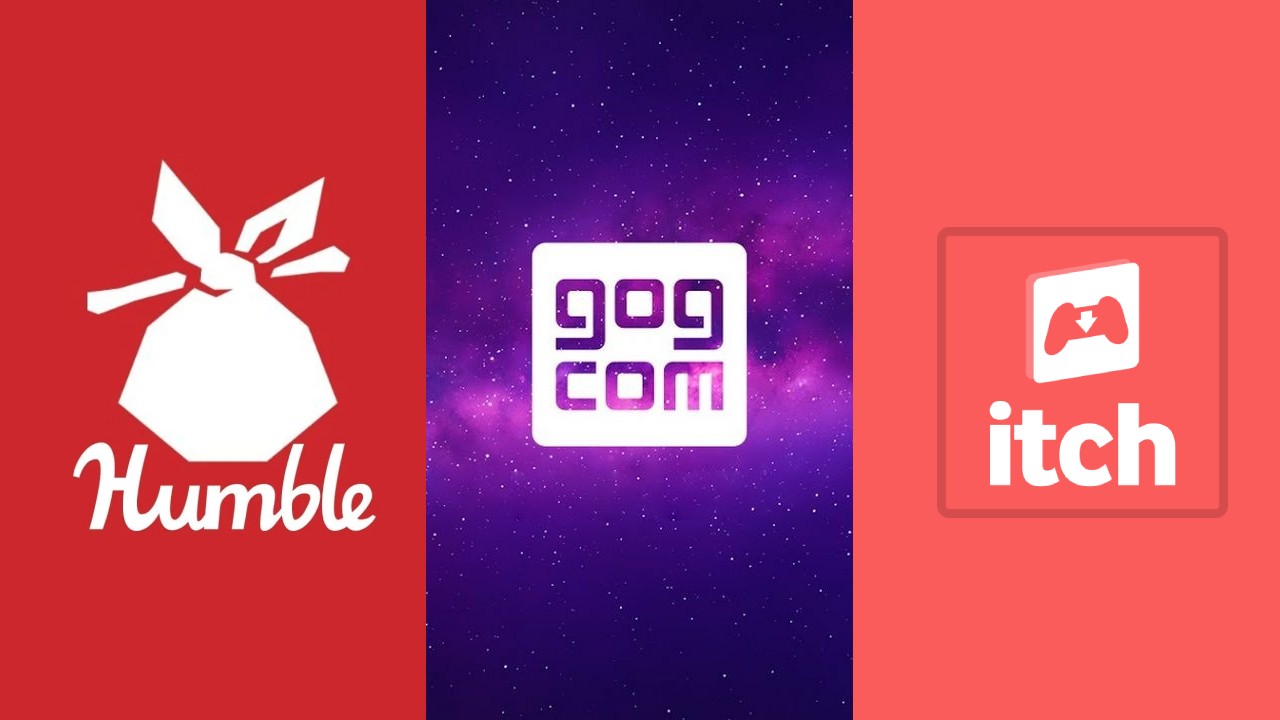In the ever-changing world, the gaming industry has witnessed a strong transformation with the rise of digital distribution.
Gone are the ways when indie games are distributed solely through traditional physical copies. The digital revolution nowadays brings players to an era where all exciting gaming titles are accessible on distribution platforms.
There is no limitation to the geographical distance. Players on a global scale can now access games online, anytime, anywhere.
In this article, let’s explore the most popular digital distribution platforms and find out how they impact the gaming community!
Overview of Major Digital Distribution Platforms
When it comes to video game distribution platforms, there are some key factors that make one stand out from the market.
We’ll discuss their key features, revenue split model, and submission processes, which provide you with further insights within the indie game publishing landscape.
1. Steam: The Leading Platform
- Cost: $100 for each game
- Revenue split: 70/30
Steam is the top choice for indie game developers to showcase their creations to a global audience.
With more than 100 million users in this community, there is a high possibility that games can reach their targeted player base and gain visibility.
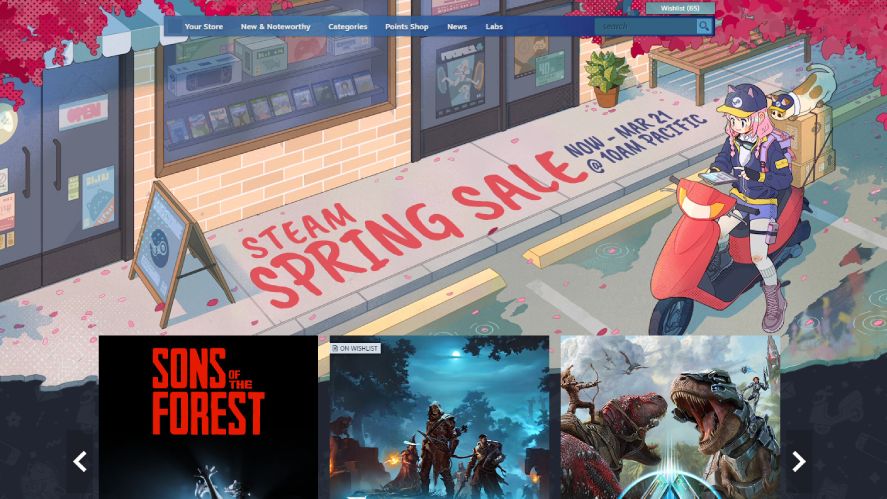
However, every coin has two sides. A huge community also means high competition. Developers have to put more effort into making their games truly quality and stand out from the crowd.
Interestingly, Steam was originally created as a means to support Valve’s games.
They created Steam to distribute their major games like Half-Life 2, but soon realized its potential and opened access for other indie game publishers to distribute their creations, too.
At that time, Steam was known as the Steam Greenlight program, which allowed players to be involved in the decision-making process regarding which indie video games to release.
However, Valve soon realized the flaws in this idea, as the voting system was prone to manipulation. They decided to introduce Steam Direct, which provides a fair playground for all indie game developers.
With Steam Direct, all games are reviewed manually before publishing, and only qualified games are accepted.
Developers have to pay $100 for submitting a game, but Steam will soon return this fee if the game sales or microtransactions reach $1000.
2. GOG: DRM-Free Distribution
- Cost: Free
- Revenue split: 70/30
Good Old Games (GOG) is a Polish-based digital platform for indie games.
GOG follows the principle of offering DRM-free content, which allows developers to distribute their games without restrictive digital rights management (DRM).
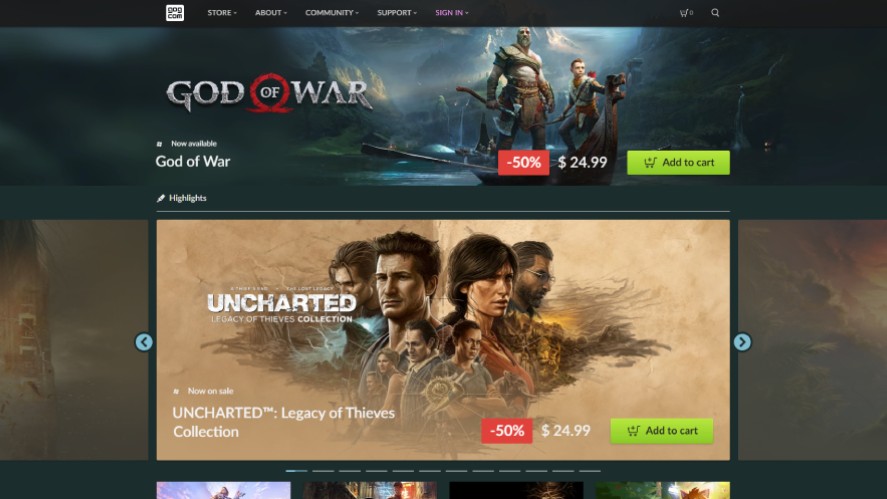
In other words, players can easily download games on the Internet and play them without being connected to the Internet.
However, GOG has strict rules in selecting games to publish every month. Only products with high quality, uniqueness, and community interest will be selectively curated to the wide players within this indie game distribution platform.
Thus, the best strategy is to make the games gain attention from the community before submission.
It’s recommended to engage in forums, and social media, inform every step of the indie game development process, and develop strong relationships with a group of fan base.
This way, the games will gain recognition from the crowd and GOG team, even before the official release.
Although it seems a bit tricky for games to be available on this platform, it’s worth a try. GOG performs marketing and promotion activities very effectively, so your creations are sure to gain a high possibility of popularity.
3. Itch.io: A Haven for Indie Developers
- Cost: Free
- Revenue split: 90/10 by default and can be adjusted based on your wish
If you’re looking for a flexible and dynamic playground for indie game developers, Itch.io is the place!
Unlike other platforms, Itch.io lets indie game publishers control almost all things, from the appearance of the product pages to the pricing and even the split rate.
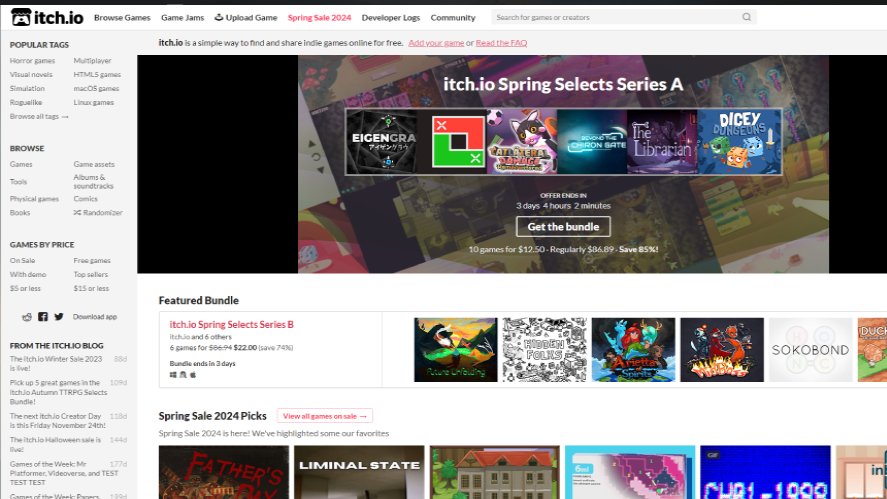
Specifically, developers can choose colors, add pictures, and write about their game however they want. This helps their games stand out with distinctive features and look awesome to players.
What’s more, this platform provides the tools for publishers to customize sales and bundles, as well as minimum selling prices for audiences.
Buyers can decide on their pay-what-you-want pricing for the games, but it must be above the determined minimum price.
After receiving game revenue, game publishers can decide how much money stays with them and how much goes to Itch.io.
It’s pretty much like they can control everything. Thus, this is a win-win place for every indie game publisher to engage in, showcase their creations in creative ways, and let players pay what they want.
4. GamersGate & Humble Store
- GamersGate
- Cost: Free
- Revenue split: 70/30
- Humble Store
- Cost: Free
- Revenue split: 75/15 and 10% donate to charity
In the world of indie game publishing, platforms like GamersGate and Humble Store also offer places for developers to showcase their creations.
Each has unique features and benefits that cater to the different needs of indie Game developers.
GamersGate provides a diverse catalog of games, which often come at discounted prices.
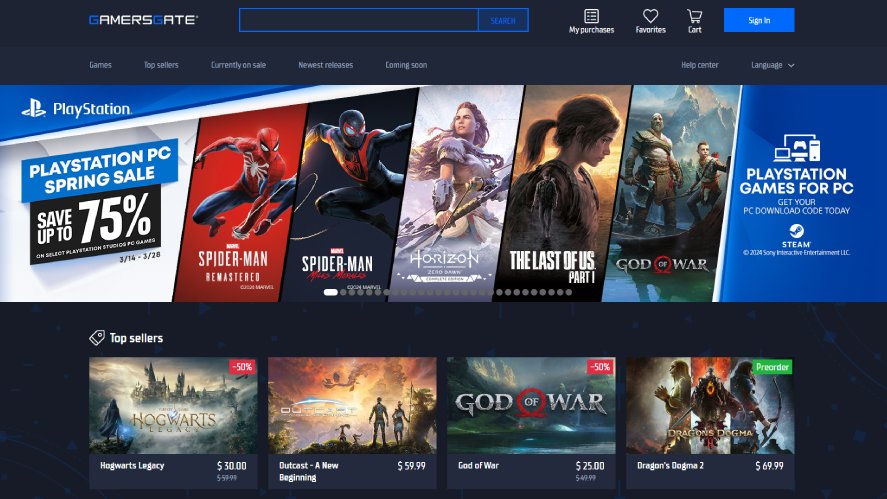
Similar to GOG, it focuses on DRM-free content, which means indie developers can distribute their games without any restrictions.
On the other hand, Humble Store gives developers the opportunity to distribute their games in bundles.
Moreover, its pay-what-you-want pricing model and charitable support make it an appealing option for indie developers who are socially conscious.
Navigating the Submission Process
Firstly, before submitting your games, it’s essential to build a community surrounding your game titles.
By engaging with potential players through social media and forums, developers can share their ideas and updates to boost interest in the games before the official version is released.
Secondly, because your game page on the platforms is the direct way to approach customers, you should customize it into an engaging and informative showcase.
Take advantage of all the customization options that platforms provide to expose visuals, concept art, and game features effectively.
Lastly, we go through all of this for game revenue, so setting the right price is crucial for success.
It’s necessary to research video game industry trends and analyze the games in the same niche to choose the competitive pricing.
Make sure your target audiences are willing to pay that price while also ensuring that the value of your indie game is appropriately reflected.
Read More: How to Become an Indie Game Developer?
Marketing and Promotion on Digital Platforms
To maximize visibility and drive sales on digital platforms, there are various game marketing and promotion strategies that should be implemented.
Initially, you should leverage all the features provided by the platforms, such as banners, product page customization options, and featured listings, to catch the attention of players as much as possible.
If a game has been crafted with high-quality and outstanding features, it needs to be exhibited visually to grab people’s attention.
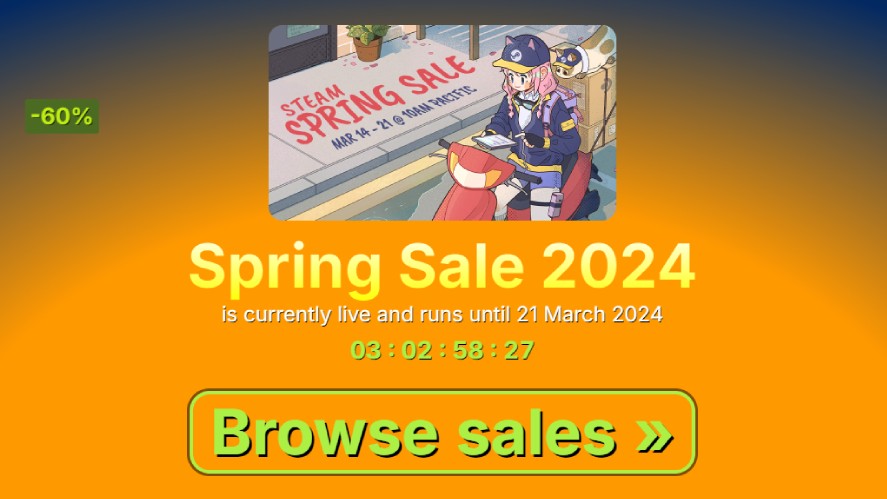
Moreover, seasonal sales or themed promotions always attract attention to your game and increase user traffic, so you should not miss these events on platforms.
In case boosting engagement in the digital distribution platform itself is not enough, you should leverage marketing opportunities from external channels.
One effective way is to leverage social media like Twitter, Facebook, and Instagram to create buzz around your game. You can build interest in the community by sharing updates, interesting content, and promotional programs.
Or you can consider investing in paid advertising on platforms like Google, Facebook, or Instagram to reach a broader audience, but make sure you assess the budget carefully before proceeding.
Case Studies of Successful Indie Games
The success stories of indie games show how important digital platforms are for reaching lots of players.
Undertale is a notable example that leverages Steam to connect with players worldwide and sell millions of copies all around the world.
But it was not an overnight success as the game itself is a high-quality creation. Created by a small studio called Maddy Makes Game, it has fun gameplay, cool art, and a touching story.
Similarly, Celeste also gained widespread engagement through digital distribution. Released on platforms like Steam, Nintendo Switch, and others, the game quickly captured the hearts of players worldwide.
Players like its challenging levels and the story about mental health because it resonates deeply with them.
Conclusion
Indie game development is all about being player-centric, so every developer should research carefully and pick the best-suited digital distribution platform.
Nowadays, thanks to digital technology, there is no limitation for the games to expand the boundaries. Indie games can reach players across the globe, no matter what geographical location or region.
It’s the era for indie games to find success worldwide and make a lasting impact in the gaming industry!

